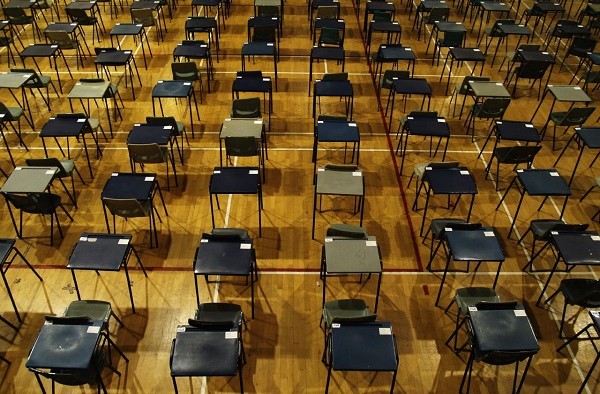Education Reform and the Asian Values Debate

In Westchester County, a suburb of New York City, tutoring businesses are popping up like mushrooms in the forest after a rain. The Kumon Math and Reading Center near the local elementary school, for instance, promises to “give your child the academic advantage to compete in today’s world.” Unlike the nearby library, theater company, or nature center, this company does not complement the public school curriculum: it simply adds to the test prep that increasingly takes up the day for American children.
What we see in our neighborhood is a result of American policymakers’ obsession with test-based education reform. The No Child Left Behind Act of 2001 required all states to test children in math and English Language Arts in grades 3-8 and once in high school. The Race to the Top program (2009) incentivized states to participate in testing consortia for the Common Core standards in math and English Language Arts. Though the Every Student Succeeds Act of 2015 reverts to the states certain responsibilities about standards and teacher accountability, the law still forces states to “measure the achievement of not less than 95 percent of all students.” For the foreseeable future, American children may be stuck taking, or preparing for, standardized tests.
A recurrent explanation for America’s focus on testing is that the country needs to emulate Asian education systems. In 2009, US Secretary of Education Arne Duncanspoke about the results of the Program for International Student Assessment (PISA). Shanghai, “the jewel of China’s education system,” ranked number one while America placed in the middle of the pack. “In a highly-competitive knowledge-based economy, maintaining the educational status quo means America’s students are effectively losing ground.” According to Duncan, America needs to enter the testing race against Shanghai, Singapore, Hong Kong, Taiwan, Japan, and other countries at the top of the PISA rankings.
At this historical juncture, Americans would do well to listen to Yong Zhao, author ofWho’s Afraid of the Big Bad Dragon? Why China Has the Best (and Worst) Education System in the World. According to Zhao, America is falling into a testing trap that far-sighted Chinese are doing their best to exit.
China has the ‘best’ education system in the world, Zhao explains, because parents and students obsess about testing. For millennia, Chinese emperors and the Communist Party have built and maintained the keju, an educational system that makes testing the primary route to a respectful career. Rather than pursue their own interests, Chinese channel their energies to succeeding at the gaokao college admission test. And if the tests gauge memorization of Confucian classics or math abilities, all to the better, for these do not prompt young people to challenge authority.
At the same time, Zhao adds, China has the worst education system in the world because it “stifles creativity, smothers curiosity, suppresses individuality, ruins children’s health, distresses students and parents, corrupts teachers and leaders, and perpetuates social injustice and inequity.” Zhao notes that China has failed to produce a Nobel Prize Winner, a global cultural icon such as Lady Gaga, or a world-shaping invention in the modern era.
In an article entitled, ‘Revisiting Asian Values’, the political theorist Leigh Jencoexplains the history of the concept of ‘Asian values.’ At the end of the nineteenth century, and again at the end of the twentieth, scholars and policymakers identified Asian norms different from and opposed to those of Western liberal individualism. Asian values prioritize the community over the individual, harmony over contestation, Education Reform and the Asian Values Debate:
